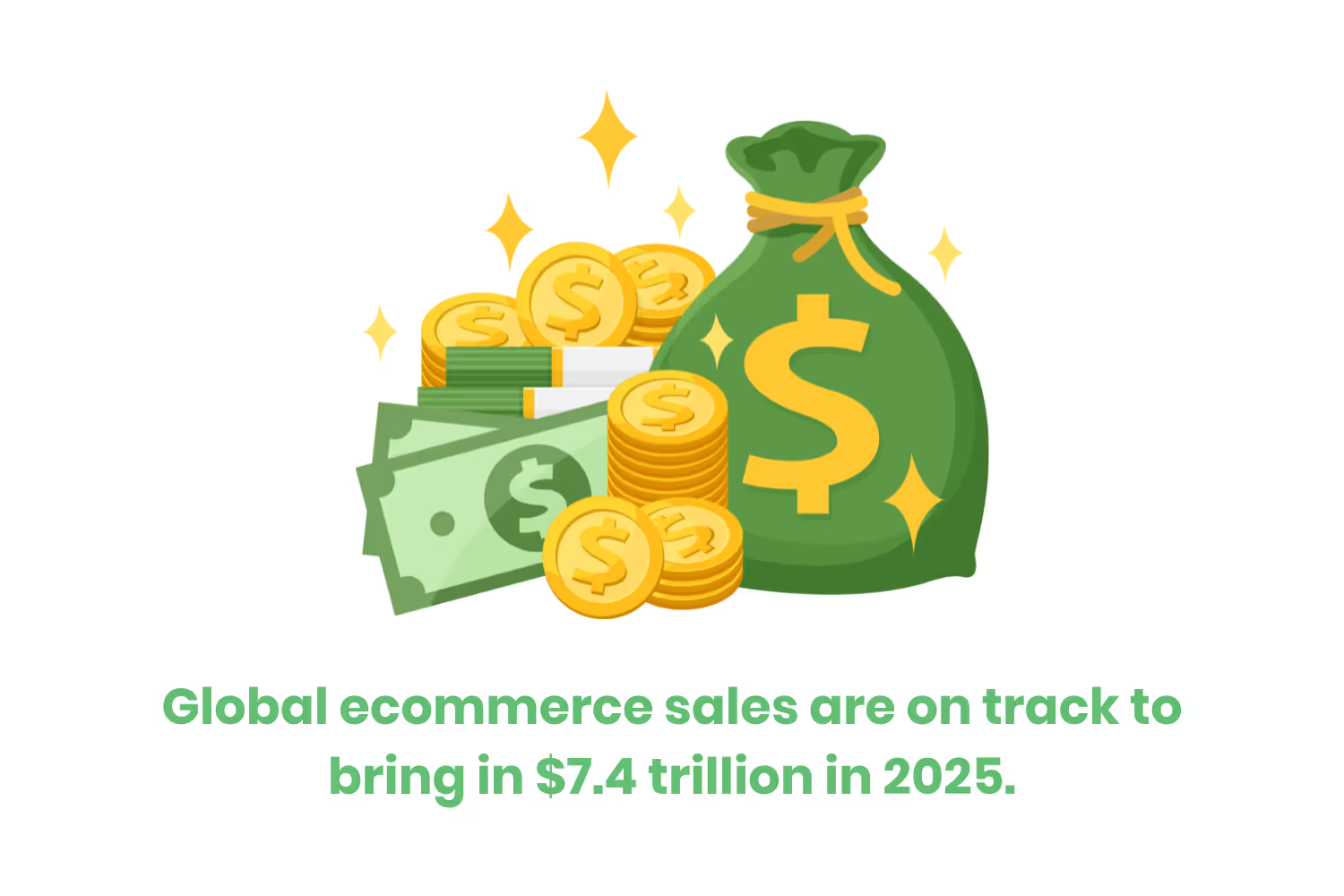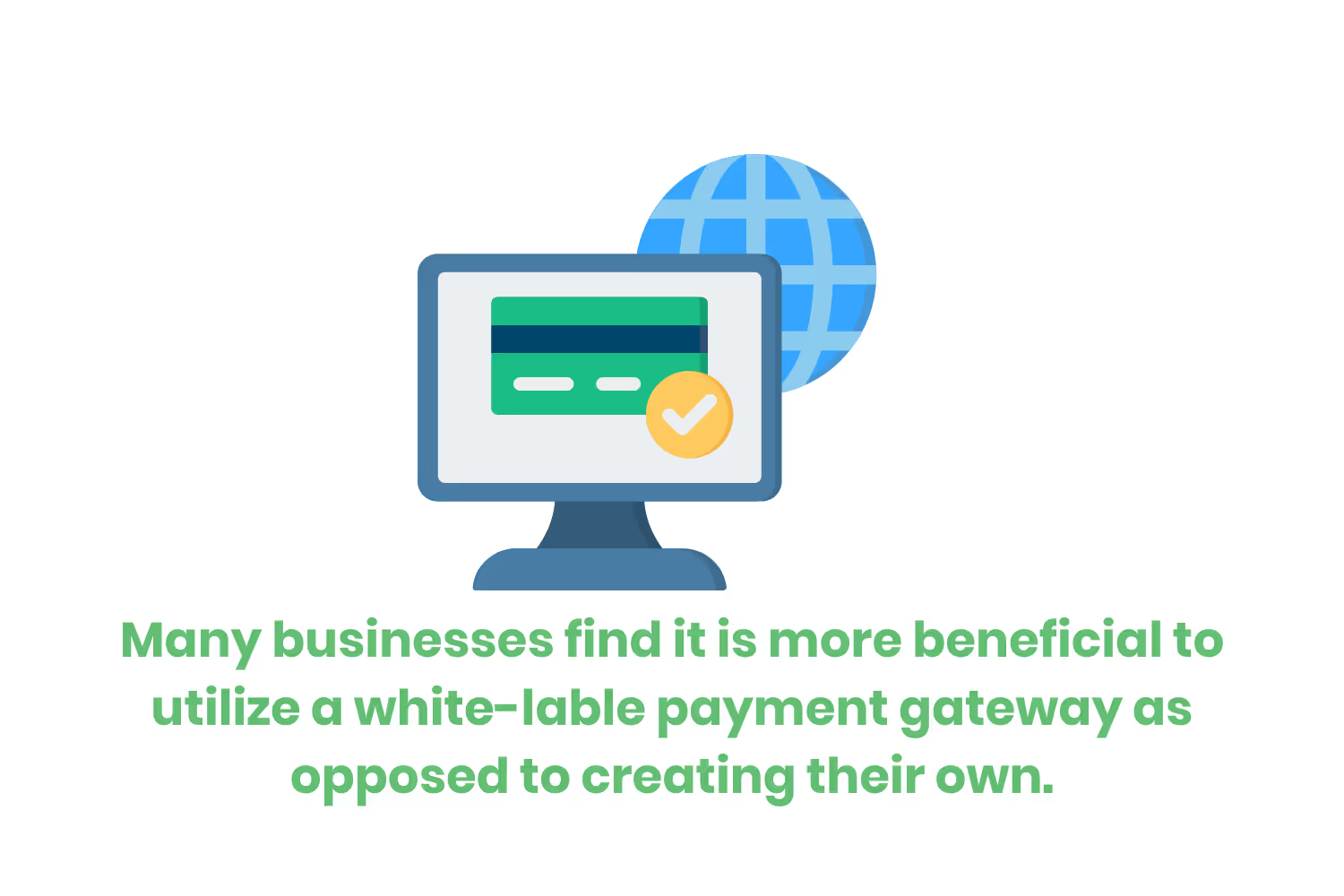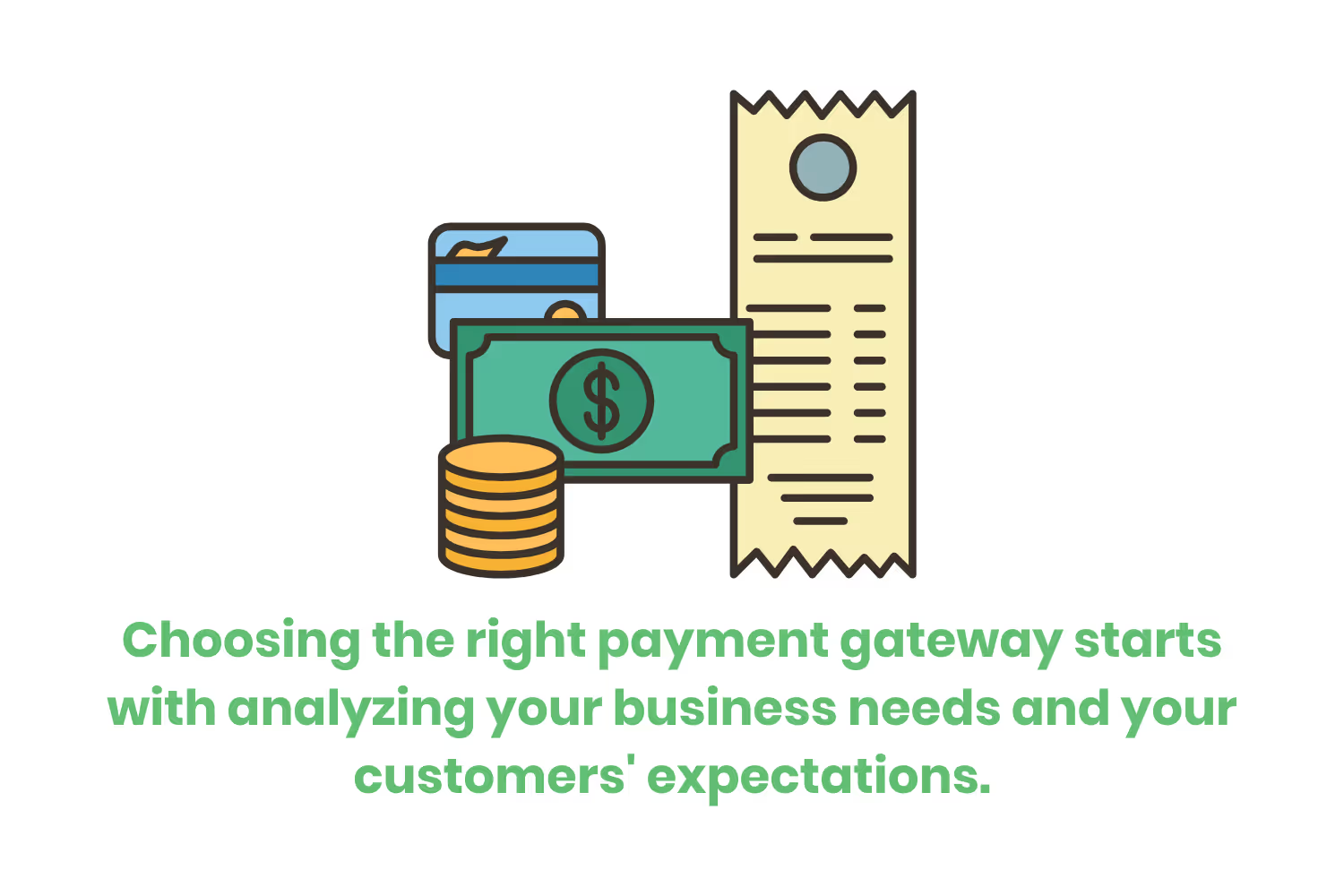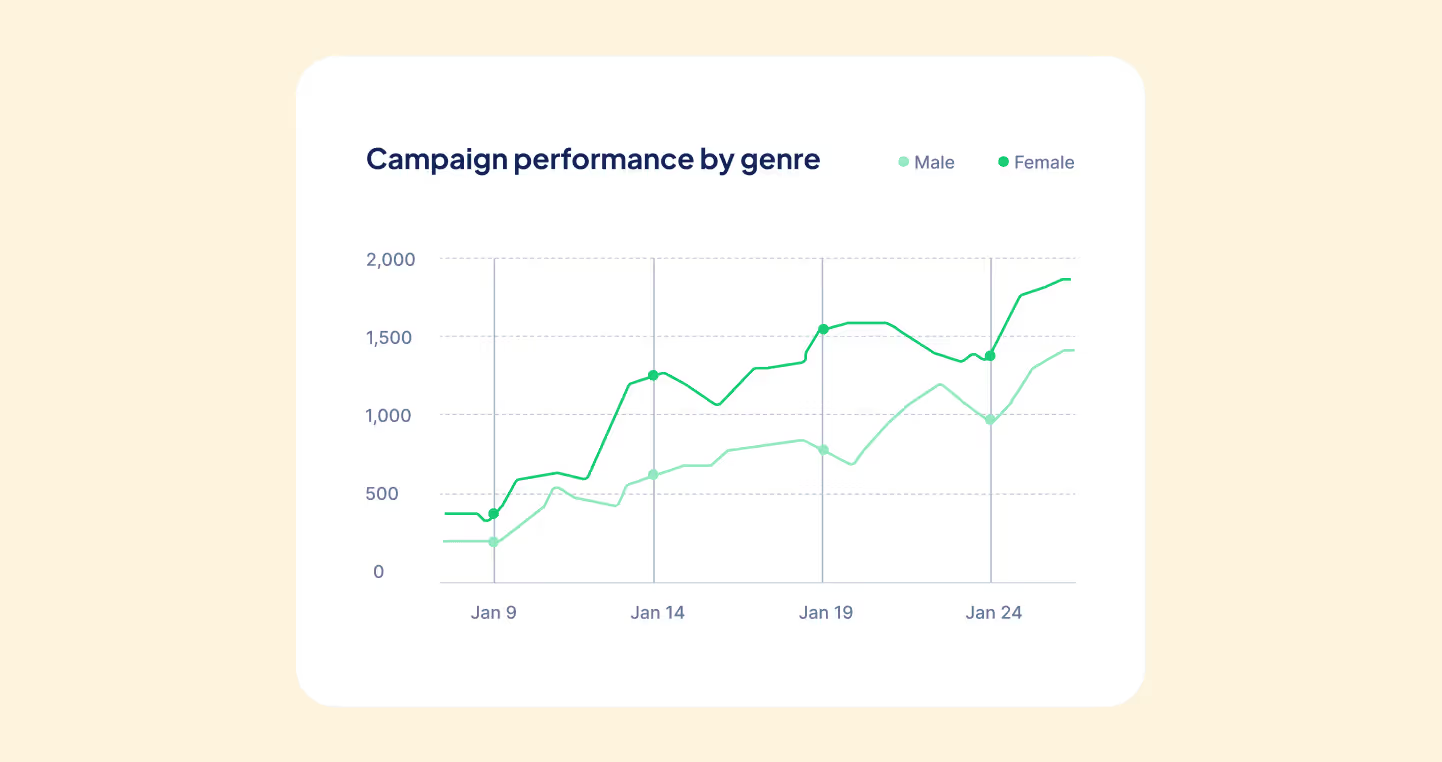A Simple Guide to Website Payment Gateway Integrations
Let's go over what a payment gateway is, how it benefits your online business, and tips on choosing the right payment processor.

Did you know that global ecommerce sales are on track to bring in $7.4 trillion in 2025? This is a 74% increase from 2020! In order to stay competitive in your industry, you need to understand the importance of offering customers different payment options.
Incorporating an online payment solution into your business's website is an easy way to accept payments. It not only caters to your business needs, but the needs of your clients, too. Enhancing customer experience directly relates to returning clientele, strengthening your financial bottom line.

Integrating a secure payment gateway into your website fortifies the customer's payment experience while keeping their data safe. Let's go over what a payment gateway is, how it benefits your online business, and tips on choosing the right payment processor.
What is a Payment Gateway?
A payment gateway is a tool that businesses use to accept payments online. Digital payments often use methods such as:
- Debit or credit cards.
- Digital wallets.
- Electronic bank transfers.
By collecting this payment information through a secure gateway, online transactions are a breeze. Payment gateway providers check, approve, or reject transactions on behalf of the business. Saving your billing team time and helping to streamline billing processes.

How Does a Payment Gateway Work on a Website?
When a customer makes a purchase for a service or product, they will enter their payment data on your website's checkout page. Once they complete this first step, it is then that the payment gateway receives this data in an encrypted format. This way the information is secure.
Next, the payment gateway takes the payment details and forwards them to the payment processor. This is also called "transaction forwarding". After this, the payment processing platform sends the data to the bank or card company for authorization. Who then either approves or denies the transaction.

The approval or denial is then sent back to the customer through the same channel. First to the payment processor then to the gateway. If approved, the customer will receive a confirmation and the online store will collect the payment. If denied, the customer will receive a notification, while pausing the transaction.
All approved global payments enter your acquiring bank for settlement. Finally, the bank deposits your funds into your business bank account.
What Are Some Different Types of Payment Gateways?
Depending on your business needs, you can choose from a few different types of payment gateways. You may recognize names, like Paypal and Stripe. These are among some of the most popular. Let's dive deeper into the subject and explore different models, such as API-hosted and self-hosted gateways. Each with unique benefits to consider.
Hosted Payment Gateways
Third party services facilitate this kind of payment integration. After making their payment, the gateway sends customers to the service provider's platform. It is then that they provide their payment details to finalize the transaction. The main pros that come with this type of gateway is that they are easy to integrate and have strong security.

Self-Hosted Payment Gateways
Self-hosted gateways collect data directly on the business's website. This means that your business can have full control over customer experience and payment pages. However, self-hosted gateways call for more work from business owners to meet compliance standards.
With a third party host, you can leave data protection standards to the professionals. Such as making sure your process is Payment Card Industry Data Security Standard (PCI DSS) compliant. As your own host, you must be sure to manage these additional security responsibilities yourself.
API-Hosted Gateways
API-hosted gateways are great for providing a simple checkout process. Application programming interface (API) is an interface between two different pieces of software. Payment APIs support the goal of helping business owners manage their online payments. They also help meet some security measures while offering seamless integration for online purchases. Businesses must make sure they have a secure cardholder data environment if they decide to go this route.
Local Bank Integration
As the name suggests, this connects directly with your bank of choice. Local bank integration is useful when targeting clientele from a particular region or country. Effectiveness of each payment processor depends on the bank itself. What technology it uses and its customer support.
After reviewing the different kinds of payment services, take a list of the pros and cons of each one. Compare these to match up with your key business needs.
How Do I Integrate a Payment Gateway Into My Website?
To integrate an effective payment gateway, you need to consider what kind of business you're running. This will help you choose the best payment gateway solution for your process. This is technically the first step, so let's start from there.
Choose a Payment Gateway Provider
Depending on your provider and the platform your site is on, you might have a different way you need to integrate. Refer to the section "What Are Some Different Types of Payment Gateways?" If you have questions about what payment system works best for you, this should help point you in the right direction. When making your decision, you should consider the following:
- Transaction fees.
- Kinds of payments accepted.
- Security measures.
- Compatibility with your ecommerce platform.
Set Up a Merchant Account
Set up a merchant account. This is a bank account that you use specifically for accepting customer payments. You may not need to do this, it really depends on the payment gateway you use. These are not standard business accounts. These hold funds before they transfer to your business account.
Get API Keys
After setting up your account, it's now time to obtain your API keys. These are unique identifiers which connect a website to a payment gateway's services. This step is important as it is what allows secure communication between your website and the payment portal.
Integrate the Payment Gateway
This is another step that can vary. Depending on the type of gateway and what platform your site is on. Integrated payment gateways can sometimes operate through plugins or extensions. Other times, there may need to be manual integration. Adding code by hand to your website to set up the gateway integration.
Test Secure Payment Then Go Live
Test your connection. Most gateways offer a "sandbox" environment to do so. Once you ensure everything is working, you can now go live. Use this time to continue to ensure the security of customers' data. Remember to always use secure connections by using encryption. Also, be sure to continue to comply with PCI DSS requirements.
Can I have a Custom Payment Gateway?
Yes, you can create a custom payment gateway. Many businesses find it is more beneficial to utilize a white-lable payment gateway as opposed to creating their own. This allows you to attach your branding to a third-party payment system, saving the time and money it takes to develop your own. You can also rest assured that these third-party businesses hold compliance to the highest standard.

What About Security in Online Payment Gateway Integration?
By utilizing data encryption, payment gateways offer a secure way for businesses to process payments. Businesses can accept multiple payments with ease through these convenient payment options. Mobile payments are also protected, as the encryption works through mobile payment gateways as well.

How to Choose the Right Payment Method for Your Business
Choosing the right online payment platform is going to look different to everyone. One business's preferred payment method might drastically differ from another's. Start by analyzing your needs, your customers' expectations, and payment requests. As well as where your business stands. Out of the following, would you consider yourself:
- A small business or startup - a hosted gateway will likely be the most practical. Painless to set up and reliable.
- A growing business - an API-hosted gateway is a good choice. Great customer experience at potentially a lower cost per transaction.
- A large or established business - look into a self-hosted gateway. This offers more control and specific optimization.

Along with the size of your company, also take into account your technological capabilities. If you have limited resources in this department, don't stretch yourself too thin by undertaking a self-hosted payment gateway project. Leave the back-ended complexities to the professionals and invest in a hosted or API gateway in that case!
Take into consideration also what costs you're willing to allocate into this venture. As well as:
- Security and compliance needs.
- Compatibility with current systems.
- Customization flexibility.
- Customer service needs.
- Currency and language support.
Your choice isn't set in stone! As your business grows and evolves, you may want to change the payment gateway with your website.
Building Trust Through Seamless Payment Processing
The ability to create a payment effortlessly through your website or app directly affects user experience. So the last thing you want while your customer is trying to check out is friction. That is why integrating your payment gateway is a strategic move.
Customers are looking for online shopping that offers a range of payment methods available.Everything from traditional credit cards to more alternative payment options. Incorporating that flexibility, along with multiple payment options, into payment gateways allows businesses to deliver a smooth experience. Through adding payment processing to your website, you're collecting funds while building credibility.
Emphasize your product's unique features or benefits to differentiate it from competitors
In nec dictum adipiscing pharetra enim etiam scelerisque dolor purus ipsum egestas cursus vulputate arcu egestas ut eu sed mollis consectetur mattis pharetra curabitur et maecenas in mattis fames consectetur ipsum quis risus mauris aliquam ornare nisl purus at ipsum nulla accumsan consectetur vestibulum suspendisse aliquam condimentum scelerisque lacinia pellentesque vestibulum condimentum turpis ligula pharetra dictum sapien facilisis sapien at sagittis et cursus congue.
- Pharetra curabitur et maecenas in mattis fames consectetur ipsum quis risus.
- Justo urna nisi auctor consequat consectetur dolor lectus blandit.
- Eget egestas volutpat lacinia vestibulum vitae mattis hendrerit.
- Ornare elit odio tellus orci bibendum dictum id sem congue enim amet diam.
Incorporate statistics or specific numbers to highlight the effectiveness or popularity of your offering
Convallis pellentesque ullamcorper sapien sed tristique fermentum proin amet quam tincidunt feugiat vitae neque quisque odio ut pellentesque ac mauris eget lectus. Pretium arcu turpis lacus sapien sit at eu sapien duis magna nunc nibh nam non ut nibh ultrices ultrices elementum egestas enim nisl sed cursus pellentesque sit dignissim enim euismod sit et convallis sed pelis viverra quam at nisl sit pharetra enim nisl nec vestibulum posuere in volutpat sed blandit neque risus.

Use time-sensitive language to encourage immediate action, such as "Limited Time Offer
Feugiat vitae neque quisque odio ut pellentesque ac mauris eget lectus. Pretium arcu turpis lacus sapien sit at eu sapien duis magna nunc nibh nam non ut nibh ultrices ultrices elementum egestas enim nisl sed cursus pellentesque sit dignissim enim euismod sit et convallis sed pelis viverra quam at nisl sit pharetra enim nisl nec vestibulum posuere in volutpat sed blandit neque risus.
- Pharetra curabitur et maecenas in mattis fames consectetur ipsum quis risus.
- Justo urna nisi auctor consequat consectetur dolor lectus blandit.
- Eget egestas volutpat lacinia vestibulum vitae mattis hendrerit.
- Ornare elit odio tellus orci bibendum dictum id sem congue enim amet diam.
Address customer pain points directly by showing how your product solves their problems
Feugiat vitae neque quisque odio ut pellentesque ac mauris eget lectus. Pretium arcu turpis lacus sapien sit at eu sapien duis magna nunc nibh nam non ut nibh ultrices ultrices elementum egestas enim nisl sed cursus pellentesque sit dignissim enim euismod sit et convallis sed pelis viverra quam at nisl sit pharetra enim nisl nec vestibulum posuere in volutpat sed blandit neque risus.
Vel etiam vel amet aenean eget in habitasse nunc duis tellus sem turpis risus aliquam ac volutpat tellus eu faucibus ullamcorper.
Tailor titles to your ideal customer segment using phrases like "Designed for Busy Professionals
Sed pretium id nibh id sit felis vitae volutpat volutpat adipiscing at sodales neque lectus mi phasellus commodo at elit suspendisse ornare faucibus lectus purus viverra in nec aliquet commodo et sed sed nisi tempor mi pellentesque arcu viverra pretium duis enim vulputate dignissim etiam ultrices vitae neque urna proin nibh diam turpis augue lacus.




